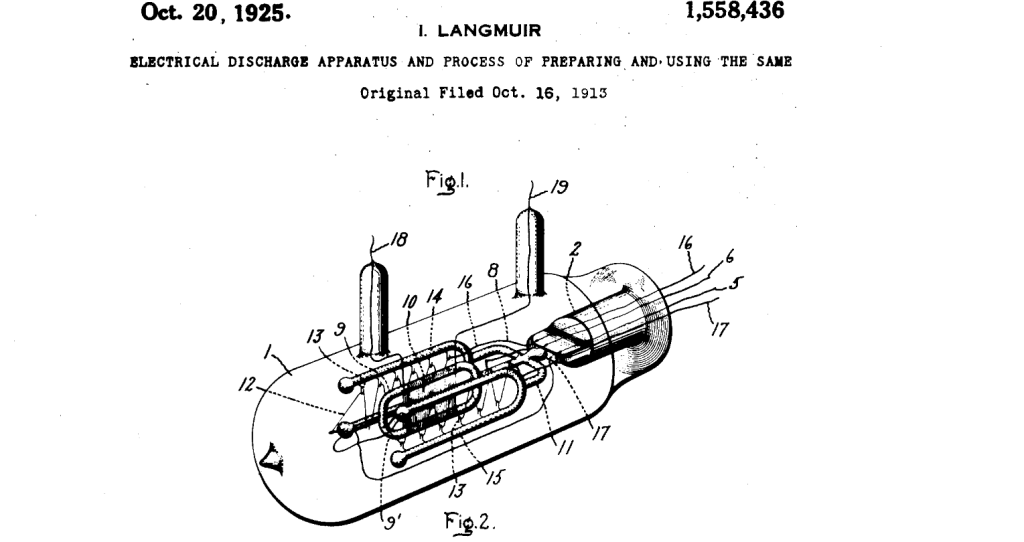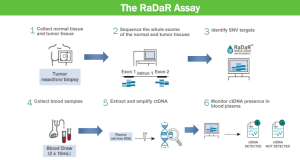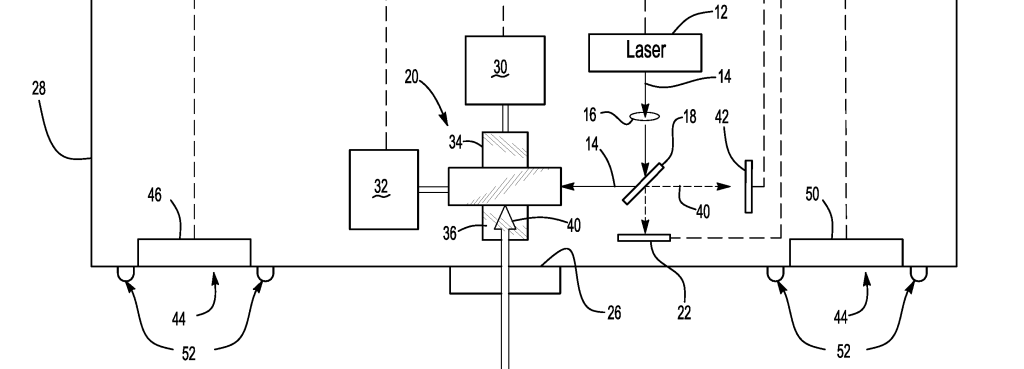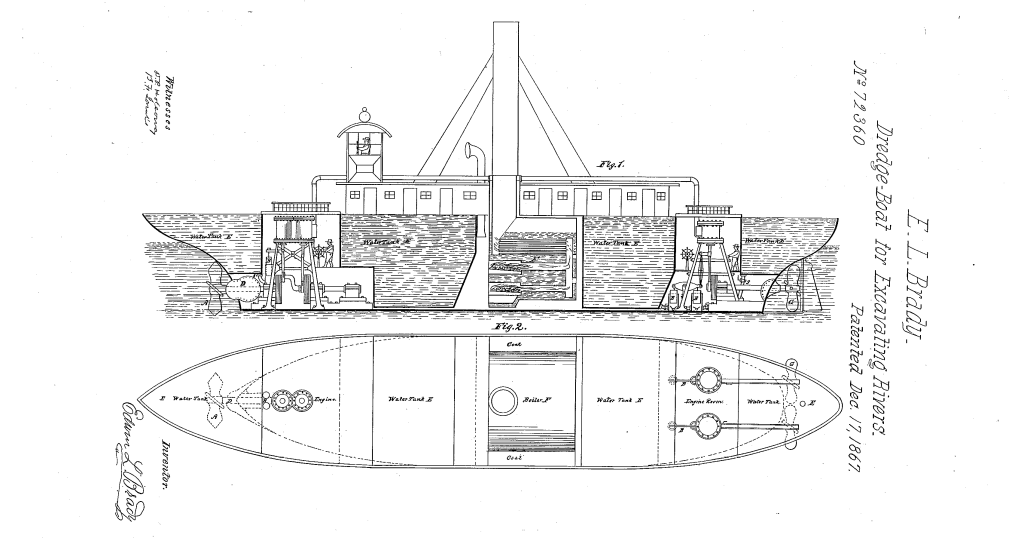Guest post by Tim Holbrook. Robert B. Yegge Endowed Distinguished Professor of Law and Provost's Professor, University of Denver Sturm College of Law.
United States patents are generally territorial. Their exclusive rights only operate within the United States and its territories. Or so one may think reading the Patent Act. Moreover, in a global marketplace, the territorial nature of intellectual property rights can create challenges. It would be simpler for a patent holder to just use the U.S. patent to cover foreign activity. This is especially true if a domestic act of infringement has spillover effects into other countries.
So, when – if ever – can a patent owner receive damages for foreign activity that may flow from acts of domestic infringement?
The Supreme Court answered that question
To continue reading, become a Patently-O member. Already a member? Simply log in to access the full post.





